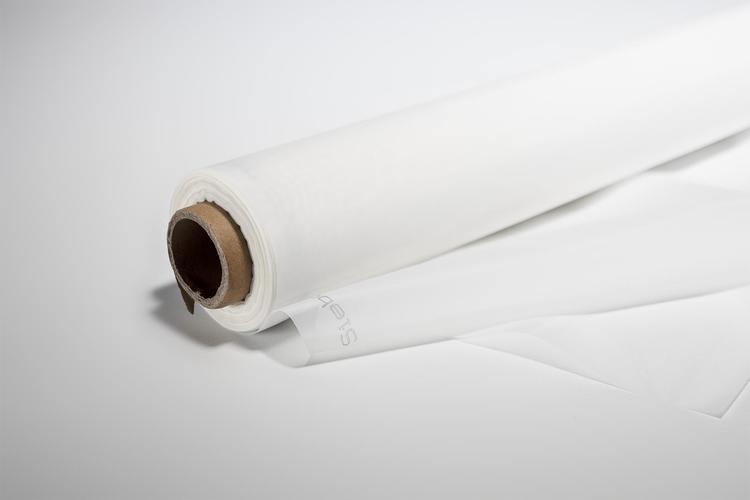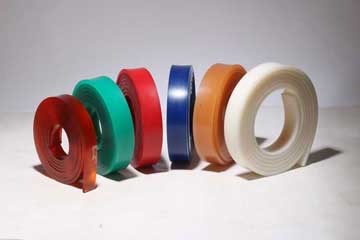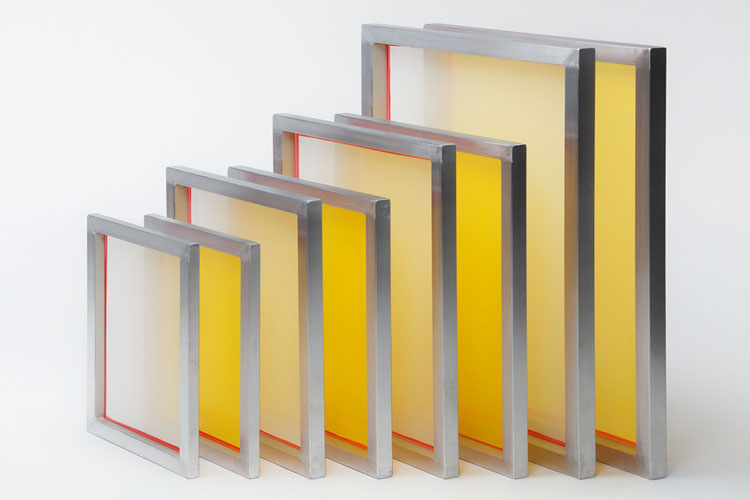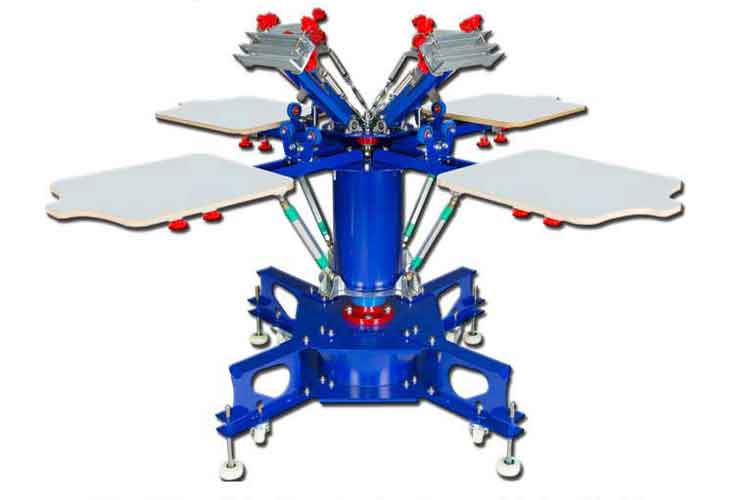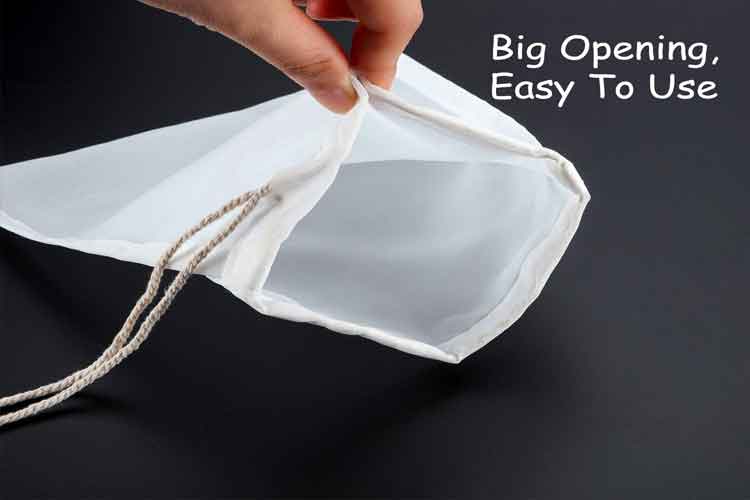Why choosing the right squeegee blade matters — and how squeegee rubber changes prints
Getting crisp, consistent prints starts with controlling the ink that passes through the mesh. The squeegee is the mechanical heart of that control, and the exact compound, hardness and edge shape of the blade determine how much ink is deposited, how fine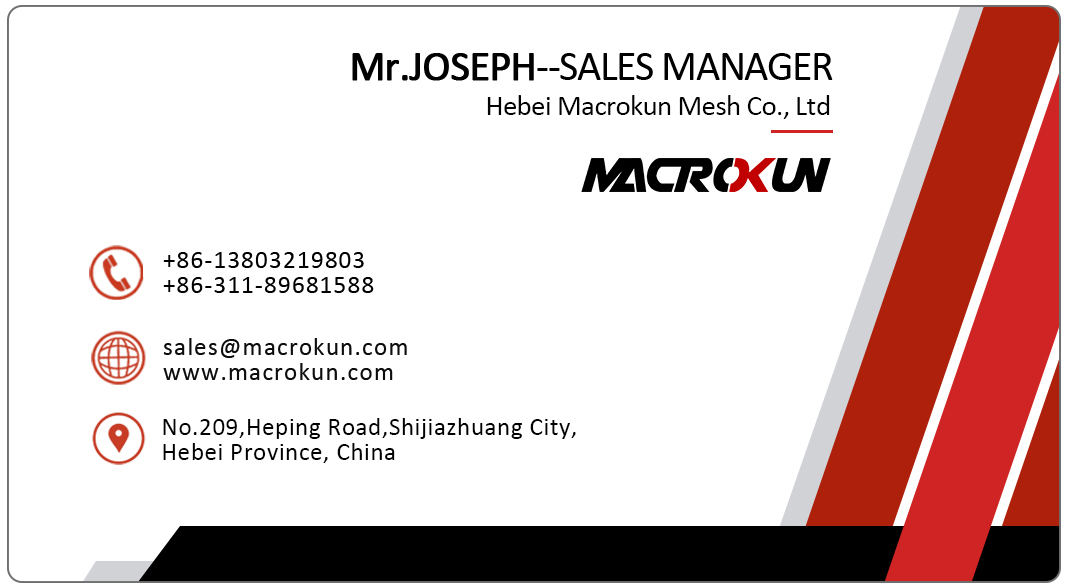
Getting crisp, consistent prints starts with controlling the ink that passes through the mesh. The squeegee is the mechanical heart of that control, and the exact compound, hardness and edge shape of the blade determine how much ink is deposited, how fine detail holds up, and how long your tool lasts. A well-chosen screen printing squeegee rubber gives you predictable ink laydown, cleaner registration, and fewer rejects — whether you run one press or a fleet of automatic machines.

What “screen printing squeegee rubber” actually is
When people say screen printing squeegee rubber they usually mean the elastomeric blade that mounts in a handle or holder. Historically these blades were natural rubber; modern blades are most often polyurethane (aka urethane), neoprene, or specialized rubber compounds. Polyurethane dominates professional printing because of its solvent resistance, edge retention and durability; lower-cost natural rubber still appears in education settings or hobby shops. Screen Printing Mag+1
Material choices — tradeoffs that matter on the press
There are three common families of squeegee materials you’ll encounter:
-
Polyurethane (urethane) — the industry workhorse. It resists solvents and abrasion, keeps a sharp edge longer, and is available in single, dual and triple durometer constructions for specialized control. If you want a long-lasting blade that produces consistent deposits, start here. Screen Printing Mag+1
-
Neoprene — a middle ground: better durability than natural rubber and often more budget-friendly than premium polyurethane; commonly used in textile shops that want an economical, reasonably long-lived blade. Arena Prints
-
Natural rubber — inexpensive and flexible, but less solvent-resistant and more prone to wear. Fine for classroom projects or low-duty prints, but not ideal for sustained production. Printers Edge
Each material affects ink release, resistance to swell from solvents, and how the blade handles long runs. State your ink types and washdown/solvent routines when you consult suppliers.
Durometer: the single most practical spec
Durometer (hardness) is how you tune a screen printing squeegee rubber to your job. Typical ranges and behavior:
-
60–70 (soft) — more flexible edge; better for printing on uneven surfaces and for depositing large quantities of ink (e.g., heavy plastisol whites).
-
70–80 (medium) — the versatile middle ground for most garment printing and general use.
-
80–90 (hard) — stiffer edge for fine detail, high mesh counts, and lower deposition.
-
Multi-durometer (e.g., 70/90/70) — a composite blade that gives a soft working edge for ink pickup with a stiff spine to resist deflection, allowing more pressure and higher deposits with stable control. Many printers swear by triple-duro constructions for complex prints. ScreenPrinting.com+1
If you’re unsure, ask for a 70 durometer sample or try a 70/90/70 triple durometer to see how it balances deposit and control.
Edge profile, bevel and width — the geometry matters
Beyond material and hardness, edge shape controls shear and deposit. Common edge profiles include:
-
Square — fuller contact, more ink deposit.
-
45° bevel — versatile, good for general printing.
-
60° or 80° bevel — sharper contact, cleaner detail, lighter deposit.
Blade width (typically 3/4" to 1-1/2" or more) and the length relative to the print area also affect how evenly pressure is applied. A short, stiff blade for tiny details behaves much differently than a wide, softer blade used across large graphics.
Practical buying and budgeting tips
Most suppliers sell screen printing squeegee rubber by the inch or in rolls (commonly 12-foot rolls) and in standard widths. Typical retail price ranges you’ll see are roughly a few dozen cents per inch for common durometers up to about one dollar per inch or more for specialty multi-durometer urethane — exact prices vary by vendor and region. Buying rolls can reduce per-unit cost if you use a lot of replacement rubber. Miami Screen Print Supply+1
If you’re stocking for production, keep a small assortment of durometers and bevels on hand: a soft (70), a medium (80), and a triple-durometer option cover most needs without bloating inventory.
How to pick the right blade for your inks and mesh
Match the squeegee to three variables: ink type, mesh count, and desired deposit.
-
Ink type — solvent-based and high-solvent formulas can swell cheap rubber; choose polyurethane for solvent resistance.
-
Mesh count — high mesh (e.g., 305–355 t/in) and fine halftones need harder edges and finer bevels; low mesh for heavy inks uses softer blades and square edges.
-
Deposit — for dense white underbases or heavy fills, select a softer edge or a triple-durometer with a soft working edge and stiff core to carry more ink without flexing.
A short trial print with your exact mesh, ink and squeegee setup will tell you more than any spec sheet.
Maintenance, sharpening and edge life
A well-maintained screen printing squeegee rubber lasts longer and prints more consistently. Tips that save money:
-
Store blades flat and away from solvents and heat to prevent warping.
-
Rotate blades to even wear if you use them long-term.
-
Trim and re-bevel mildly worn edges with a sharp razor to restore a crisp profile for a while before replacement.
-
Replace before catastrophic wear— a ragged edge causes squeegee chatter and inconsistent registration.
Urethane blades hold an edge much longer than natural rubber, which reduces the frequency of re-bevel and replacement.
Specialty blades and advanced options
Manufacturers now offer engineered constructions: dual-durometer, triple-durometer, bonded bevels, and compound cores for specific press configurations. These engineered screen printing squeegee rubber designs can improve production yields on tough jobs: finer halftones, special effect inks, or long automated runs.
Also look for blades with proven solvent and abrasion resistance if your shop uses aggressive cleaners or prints abrasive pigments.
Quick troubleshooting guide
Common squeegee problems and what they mean:
-
Blurry halftones — too soft a durometer or rounded edge; try harder blade or sharper bevel.
-
Ink drag or smearing — too soft or worn edge; re-bevel or replace.
-
Uneven deposit across the print — uneven pressure, warped blade, or wrong blade width.
-
Rapid edge wear — poor material choice for solvent exposure; switch to polyurethane.
Run small A/B tests to isolate the root cause: change one variable at a time (edge, durometer, mesh) and record which adjustments improve the print.
Buying checklist — what to request from suppliers
When ordering screen printing squeegee rubber, ask suppliers for:
-
Material and compound type (polyurethane grade or neoprene).
-
Exact durometer and whether the blade is single/dual/triple durometer.
-
Available widths, roll lengths, and whether sold by the inch.
-
Typical edge profiles and whether re-beveling is supported.
-
Price per inch and bulk roll discounts.
-
Any solvent compatibility or abrasion resistance data.
A responsive supplier will help you choose a durometer and bevel that match your inks and meshes — and may send small samples for trial.
Final thought — a small change that upgrades consistency
Switching to the right screen printing squeegee rubber for your shop is one of the most cost-effective upgrades you can make. It improves ink control, reduces rework, and stabilizes production runs. Start with a medium durometer for general work, keep softer and harder blades for specialty jobs, and lean toward polyurethane for most commercial applications. A short hands-on test with your actual mesh, ink, and press will show the true benefit in minutes — and the right blade will keep paying back in smoother runs and happier customers.
Tags: 0.1 micron filter bag 0.5 micron filter bag 1 micron filter bag 50 micron filter bag 25 micron filter bag 10 micron filter bag 1000 micron filter bag 5 micron filter bag micron filter bag micron filter bags 25 micron filter bags 100 micron filter bag 180 micron filter bag 250 micron filter bag 200 micron filter bag 200 micron filter bags 100 micron filter bags 1 micron filter bags micron filter bags near me 05 micron filter bag 30 micron filter bag 150 micron filter bag 10 micron filter bags 200 micron filter bag wholesale 0.1 micron filter bag wholesale 500 micron filter bag 400 micron filter bag 50 micron filter bag wholesale 400 micron filter bag wholesale 20 micron filter bag 0.1 micron filter bag factory in china 500 micron filter bag factory in china 20 micron filter bag wholesale 5 micron filter bag wholesale 250 micron filter bag factory in china 150 micron filter bag wholesale in china micron filter bag wholesale in china 190 micron filter bag 400 micron filter bag factory in china
Pre:Mastering Screen Printing Squeegee Durometer for Flawless Prints
Next:Best screen printing squeegee — pick the one that gives you perfect prints, every time
Tags:
